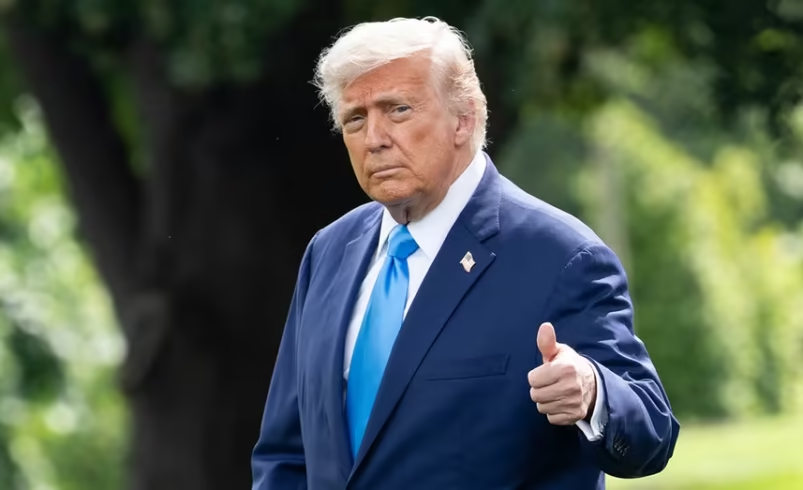Trump’s Trade Strategy Under Scrutiny Amid New Tariff Implementation
- August 4, 2025
- 0

President Donald Trump’s approach to reshaping global trade relationships remains a focal point this week as his administration implements significant new tariffs on imports. The White House announced that these tariffs, initially set to begin on August 1, will now take effect on Thursday. This delay is intended to provide U.S. Customs and Border Protection officials with additional time to prepare for the collection of duties.
In the lead-up to the original deadline, President Trump secured trade agreements with Japan, the European Union, and South Korea. These deals mean that 11 of the United States’ top 15 trading partners have now agreed to broad trade terms. However, tensions have escalated with Canada, as Trump recently increased import tariffs on Canadian goods to 35%. This move highlights a growing divide with America’s second-largest trading partner.
White House press secretary Karoline Leavitt highlighted ongoing difficulties in negotiations with Canada during a July 17 press briefing. She noted that “our neighbors to the north have been pretty difficult to deal with.” In response, Dominic LeBlanc, Canada’s lead on U.S. trade relations, indicated that Prime Minister Mark Carney is expected to engage in discussions with President Trump in the coming days.
The U.S. has also reached temporary truces with China and Mexico as trade negotiations continue. According to Treasury data, the U.S. has collected over $150 billion in tariff revenues this year, with July alone accounting for more than $29 billion—the highest monthly total in 2025. Treasury Secretary Scott Bessent has suggested that these tariffs could generate over $300 billion in revenue for the federal government. However, American consumers often bear the brunt of these tariffs as businesses pass on higher costs.